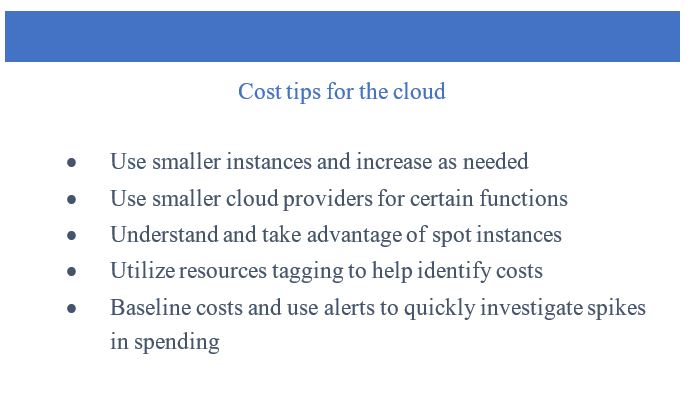

In this third article on cloud computing, I will be looking at the cost of cloud services that businesses should know about.
One of the most difficult parts of cloud computing is understanding the actual costs that you may be paying and how to control and manage these. A report by Gartner, for example, estimated that companies in 2021 will over-spend by around $21 billion a year on unnecessary cloud services.
It is important, therefore, before starting a cloud project to understand:
The article’s focus is on large public cloud providers such as AWS, Microsoft Azure, and Google Cloud.
Cloud costs can be calculated in many ways. For example, a typical EC2 server from Amazon Web Services charges different prices depending on the size of the processor, storage provisioned, and the operating system. Other costs may be calculated depending on
Controlling costs and understanding the costs incurred are ultimately the responsibility of the customer. They must take advantage of the tools and information available to understand and control their spending.
The following are a few main principles that are applied to instances (virtual servers) that make up the largest portion of usage in cloud computing.
Management and the monitoring of expenditure is crucial for companies using cloud services, and should be reviewed daily.
This is the main principle of cloud computing and allows cloud users to pay only for what they use. This allows companies the flexibility to adjust to changing business needs and budget constraints.
On-demand is a standard pricing model where usage is charged at per-hour or per-minute rates.
Spot instances are the utilization of unused resources and are much cheaper than the standard on-demand pricing. The caveat is that these instances can be stopped at any time by the cloud provider. They are especially useful for testing and development environments.
This refers to the commitment of a certain amount of usage and for a period of time that is generally either one or three years. For example, a company may make a cost commitment of $100,000 for one year and thus be able to have a significant cost reduction over standard on-demand pricing. This option is quite attractive for companies with a larger and predictable amount of usage.
Dedicated hosts and instances are physical servers allocated to a single customer. This is used when a company has specific regulatory or security requirements to keep their instances and data physically separate from other companies. Because of this server dedication, the costs of these services will be higher.
Most public cloud providers provide some resources for free. These resources are normally limited to a small amount of usage or time. This is a good option for testing new services without incurring an initial cost.
Cloud providers offer native cost optimization tools to help companies manage cloud expenditure. These tools can give a snapshot overview of current costs and their breakdown. These tools also provide real-time alerts.
There are also several 3rd party applications that can help manage costs and usage. Some of the most used services are Apptio, CloudCheckr, Flexera, Turbonomic and VMware. They offer a variety of services and can be especially helpful in managing large cloud environments, hybrid environments, and multi-cloud environments.

Wasted costs occur because companies are over resourcing what they actually need. For example, many companies do not need to run their servers 24/7 and can achieve savings by using automation tools that can switch off servers during quiet periods.
To avoid these wasted costs and to minimize costs in the cloud it is especially important to understand the details of the applications and services you are running on a cloud platform. If this detailed work is not done, it is difficult to correctly configure a cloud service to meet the company's requirements. It becomes a guessing game that leads to unnecessary costs and unneeded services.
For this reason, it is important for someone in the company to be responsible for managing costs and raising awareness on how to use cloud services. Sometimes, for example, team members that have been given access to cloud resources have no understanding of the costs they are generating when using cloud features.
Finally, it is worth noting that cloud computing services are constantly changing and it is an area that will see price decreases as adaptation and competition increases. Companies must be ready to take advantage of this by having an expert regularly monitor and analyze their cloud services.
Further reading:
Infrastructure as a Service (IaaS): What You Need to Know by Joe Canda
An Introduction to Cloud Computing by Joe Canda
Sources:
Why Is There So Much Cloud Waste?, DZone
Image: